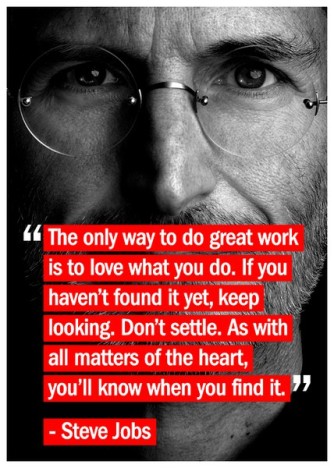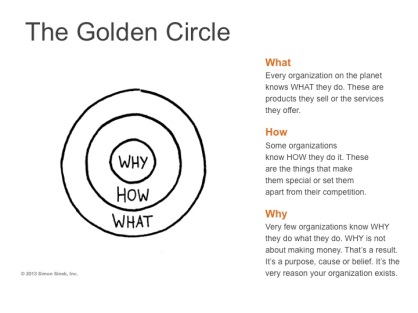One of my favorite companies in San Diego is a hospitality collective called Consortium Holdings. One of the businesses within this collective is Soda & Swine, a craft eatery. Soda & Swine has been a go-to restaurant in the past few years for me because it provides its customers with not only great food and drink, but also a great experience.
Soda & Swine is located in North Park, a hip area full of unique bars and eateries. I chose to write about this restaurant because it embodies a warm sense of community to all who enter, be they local or foreign. A first came here when my parents came for a visit about two years ago. I had heard about it from a friend of mine and was enticed by the savory feeling that the name provoked. However, this savory feeling is not the only reason I have kept coming back. The experience of Soda & Swine is as follows…
Upon walking up to Soda & Swine, you are greeted by a worn wooden exterior with the name of the establishment etched into the facade, along with park bench-style seating facing the neighborhood. When you walk through the doors, you are immediately surrounded by a warm glow emanating from the lanterns lining the walls and tables. In front of you are several family-sized tables and one long community table spanning the entire length of the restaurant. Their menu is on a chalk board by the ordering counter and it is full of pork-based meals, cream sodas and beers, and desserts ranging from different kinds of pies to floats. After placing your order from the employee at the counter, you will take a seat at the long table, where you will be surrounded by a community of people brought together to experience the same sights, sounds, smells, and tastes that brought you here. All of these sensations work together to create the welcoming, home-like experience that is Soda & Swine.


